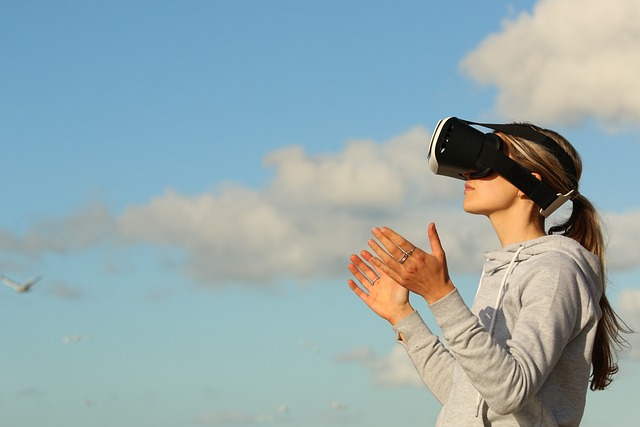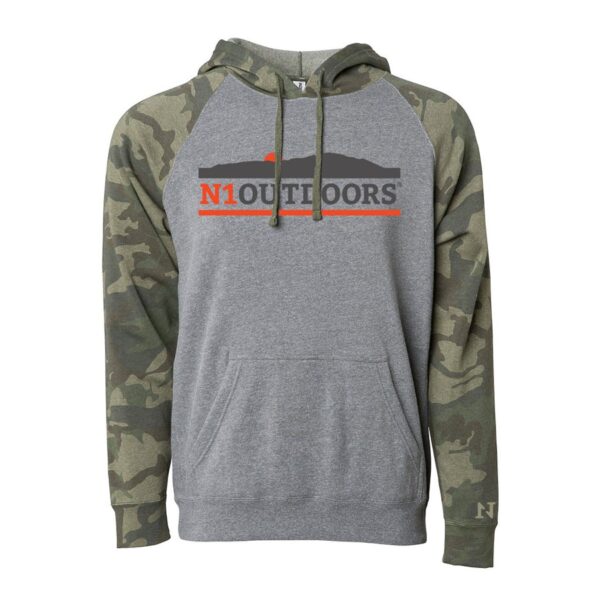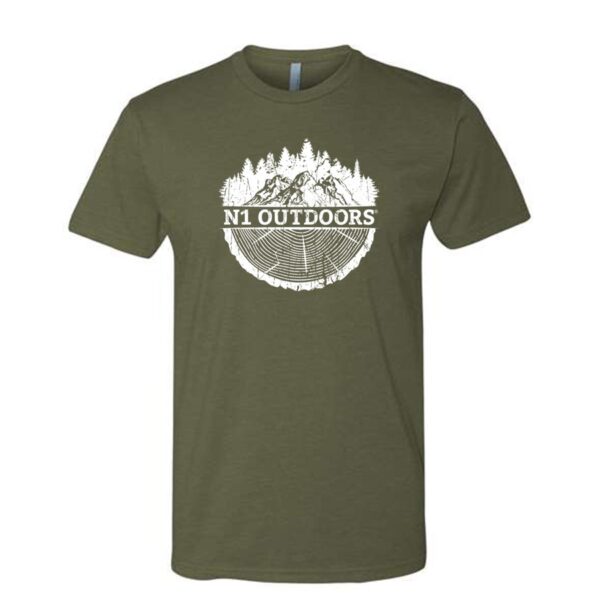In an age where digital innovation is changing teaching methods, implementing outdoor education is crucial.
This detailed guide examines how virtual simulations affect learning, particularly in outdoor education, which generally relies on physical locations and experiences.
The Emergence of Virtual Learning in Outdoor Education

Virtual learning is growing in education, especially in hands-on fields like outdoor education. Global health issues, environmental issues, and the demand for accessible education are driving this change.
Understanding the Transition
Virtual simulations provide an immersive learning environment that mimics the outdoors. Students can negotiate complicated outdoor conditions in the classroom or at home using these simulations. This strategy expands outdoor education and adds a new experiential learning method that extends beyond classrooms.
Benefits of Virtual Outdoor Education
Integrating virtual learning into outdoor education brings a host of advantages:
- Safety and Accessibility: Virtual simulations eliminate the physical risks associated with outdoor activities, making learning safe and accessible for all students, regardless of their physical abilities or geographic locations.
- Cost-Effectiveness: By reducing the need for physical travel, accommodation, and equipment, virtual outdoor education is a financially viable alternative for educational institutions. It democratizes access to learning experiences that might otherwise be cost-prohibitive.
- Customizable Learning Experiences: Virtual simulations can be tailored to educational goals, curriculum standards, and student interests by educators. This customization guarantees that each learning experience is relevant, engaging, and adapted to varied educational needs.
Technological Integration in Virtual Simulations
Advanced Simulation Technologies
Virtual reality (VR) and Augmented reality (AR) developments have improved the realism and engagement of virtual outdoor simulations. These technologies enable real-time exploration and interaction with three-dimensional computer-generated landscapes.

VR immerses students in lifelike outdoor experiences like navigating a dense forest or climbing a simulated mountain.
AR overlays digital information on the actual environment, linking the virtual and physical. These tools make learning more fun and improve spatial awareness, critical thinking, and problem-solving.
Interactive Learning Tools
These interactive technologies in virtual simulations encourage active learning and offer a unique way to get more online reviews from students who engage with these platforms.
As active learners, students can experiment with alternative techniques, make judgments, and observe the outcomes in a controlled virtual environment. This experiential learning method proves beneficial for teaching complex concepts, as it enables students to apply theoretical knowledge to real-world scenarios.
Additionally, these simulations provide immediate feedback, reinforcing learning and facilitating rapid enhancements in strategy and comprehension.
Curriculum Development for Virtual Outdoor Education
Aligning with Educational Standards

Creating a successful virtual outdoor education program requires connecting material and learning experiences with educational standards and objectives.
Virtual simulations are technologically spectacular and educationally valuable due to this alignment. The curriculum must complement and enhance learning objectives while effortlessly integrating with the educational structure. It requires educators, curriculum developers, and technology professionals to work together to integrate content, pedagogy, and technology.
Incorporating Diverse Learning Outcomes
The curriculum for these programs should be comprehensive and diversified to teach pupils many skills. It involves encouraging critical thinking, problem-solving, teamwork, and environmental awareness and sustainability.
Virtual outdoor education helps students build these skills contextually by mimicking real-world problems and settings. The curriculum should also accommodate varied learning styles and abilities all students can benefit from and contribute to learning.
Case Studies and Success Stories
Real-World Examples

Case studies of the success of virtual outdoor education are solid evidence. These examples, from various educational contexts worldwide, show how virtual simulations can fulfill various instructional goals. They discuss best practices, obstacles, and how these programs affect student learning and engagement. These real-world applications can help educators and policymakers understand the potential and how it can be tailored to varied circumstances.
Analyzing Student Feedback and Performance
Analyzing student feedback and performance data is crucial to assessing virtual outdoor education programs. Student engagement, motivation, and satisfaction are measured together with academic outcomes.
Understanding students’ opinions on these programs improves curriculum and instruction. However, performance data can be utilized to evaluate simulations’ learning outcomes and highlight areas for improvement. Virtual outdoor education must be assessed and adapted to be relevant and practical.
Future of Virtual Outdoor Education
Evolving Technologies and Pedagogies
The future of virtual outdoor education depends on educational technology and pedagogy. New and mature technology will enable more advanced and effective learning simulations. It might involve using AI to personalize learning, advanced analytics to track and improve learning results, and more intuitive and user-friendly interfaces.
To maximize these capabilities, teaching techniques must grow alongside technological advances. It involves promoting student-centered teaching, innovation, and experimentation and upgrading the curriculum to reflect the latest educational research and best practices.
Expanding Accessibility and Inclusivity
Future goals include making virtual outdoor education more accessible and inclusive. It includes making these programs accessible and flexible to a broad spectrum of learners, including those with impairments who are economically poor, remote, or underserved.
Lowering technological and financial obstacles and creating culturally appropriate and linguistically diverse material are needed. Virtual outdoor education can help democratize high-quality education and prepare diverse students for 21st-century issues.
Final Thoughts On Virtual Outdoor Education
Technology empowers educators to provide engaging, safe, and effective learning environments. This technique helps pupils solve real-world problems and fosters lifelong learning and curiosity. Virtual outdoor education’s continuing development will shape the educational landscape and prepare students for a changing world.









